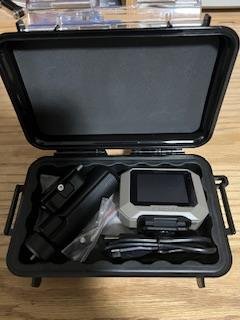I transitioned from Labradar to BulletSeeker and now to Xero C1. The bulky nature of the Labradar was getting old, but it worked most of the time. Each firearm seemed to have a slightly different setup.
The BulletSeeker was a nice change, however the grassroots product support is concerning for something that expensive. It also requires a connection to a phone or tablet to work.
The Xero C1 seems like a standalone product backed by a company with the resources to support and evolve the product. Sure the Xero C1 will connect to your phone, but it isn't required like the BulletSeeker. I have been burned by things that require a phone or tablet to function, because the manufacturer can't justify updating the product to work with the latest and greatest phone.
I look forward to running the Xero C1 next to my BulletSeeker to see if the Xero C1 is less sensitive to aiming. I think the BulletSeeker sees the bullet pass through the cone and the distance at which that happens depends on how it is setup and aimed. I am not sure how good of an absolute muzzle velocity reading the BulletSeeker provides. It seems more repeatable if the number of samples averaged into the reading is roughly similar between setups. I haven't used it enough to prove anything. The simple fact that it is averaging a bunch of readings seems like it is providing an average velocity versus a velocity at the muzzle.
Labradar had a trigger which I assume allowed the velocity to be extrapolate back to the muzzle. If the doppler didn't see the bullet until it got to 25yds did the trigger allowed the muzzle velocity to be calculated?
It would be nice to know how each operates differently to better under how the results might vary. Does anyone know that actual differences?

